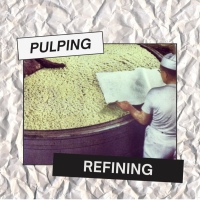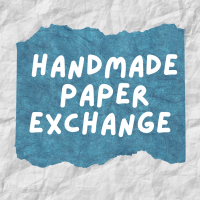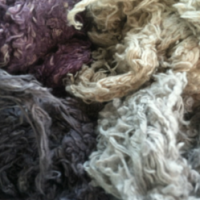Making Copy Paper from…100% Recycled Egg Carton
The natural dye project I worked on last semester was time-consuming. Between the soaking, scouring, cooking, dyeing, and endless washing there was the back and forth to the studio – an hour drive each way. I kept records of the process but didn’t sit down to make sense of it all until the end. Looking back before moving forward, I resolved to prioritize continuous reflection in my next project, hoping for more awareness of things as they happen instead of collapsing exhausted at the end of it all, only to wonder what had come to pass.

Five weeks into the new project and I remembered my resolution, to sit down and review the progress and give you the chance to walk to journey with me. I welcome any suggestions or comments as we move forward!
The project this semester is part of the capstone class of my Graduate Degree. The class mimics a paper company with the students (yours truly included) designing and producing several paper grades to predetermined specifications. Our first challenge is to produce a copy paper grade using 100% recycled egg carton.

Recycled egg carton is, as one of our professors put it, ‘who knows what.’ Cartons are molded pulp products, and the fibers are secondary, i.e. recycled (this isn’t their first papermaking rodeo). There is no knowing the kind of fibers we have, what stage of recycling they are in or what treatments they’ve been subjected to. While molded pulp is a mixture of hardwood and softwood, the carton fibers will probably resemble hardwood properties, because of their low quality.
Our first step is to make a beater curve to measure Canadian Standard Freeness at different levels of refining. Then we will make handsheets to determine various paper properties as a function of the degree of refining. From these laboratory tests of the pulp we can develop a refining process appropriate to our starting material and desired end product. Tune in next week when I’ll continue the telling of the egg carton copy paper saga!

Want to read more about molded pulp products? Here is an informative paper so you can read all about it: The Re-invention of Molded Pulp.





did you try to talk with the maker of the egg cartons to know extaly what it is made of? I think it is very important or there is no paper, just a wast of time.
LikeLike
Talking to the maker would help us a lot, it is true. A complication is that the egg cartons come from many different makers, each having a different furnish of fibers and additives. We don’t want to waste our time – that is certain! Molded pulp products are usually made from the most inexpensive recycled fiber source available—often mixed papers. The first goal is to see how a large batch of different carton pulp behaves.
LikeLike
best of luck to you as you slay this dragon! you will figure it out i’m sure. don’t forget the highly scientific incantations and callings on of the gods.
LikeLiked by 1 person
Thanks, Velma! I haven’t done that yet but will give it a try. We can use all of the help we can get. 😀
LikeLike